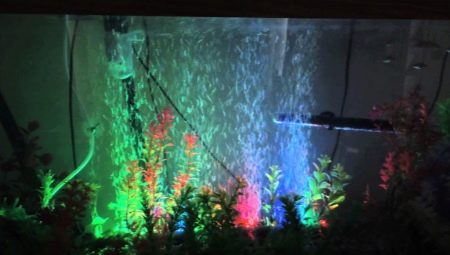In pet stores there is a fairly extensive assortment of aquarium accessories, including compressor nozzles that atomize air in the form of small bubbles. However, individual aquarists prefer to make such devices with their own hands.
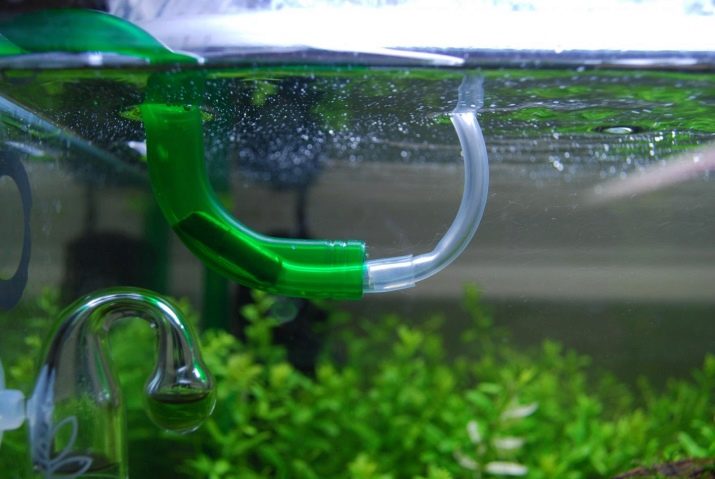
Appointment
Aquarium sprayer is a fairly simple device. It provides decent conditions for the existence of fish and other organisms, additionally being an excellent decoration of the underwater environment. In addition, small air bubbles in themselves look excellent.
This equipment feeds the aquarium with oxygen.
Thanks to its use the liquid layers move, the temperature is equalized, and the desired microclimate is formed in the tank, in which its residents feel calm and comfortable. With a large number of fish and other organisms, such an adaptation is simply necessary.
High speed atomizer disperses air and nourishes water with oxygen (O2), suppressing carbon dioxide (CO2).
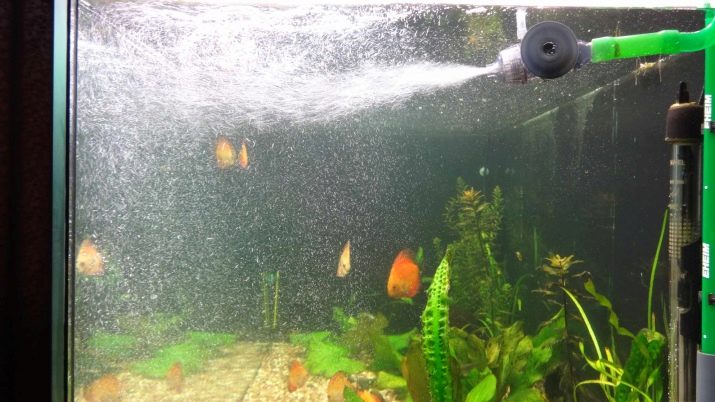
Varieties
There are two key options for aquarium air atomizers: from natural material and from artificial. The first are created from special porous types of stone, which pass a stream of air through themselves, splitting it into many small bubbles falling into the water. These devices are the most environmentally friendly, only they have one drawback - the noise they create during work.
Because most of the people who have aquariums, and especially those who have them in the bedroom, opt for a silent second option - flexible sprayers.
They are made of soft rubber with holes through which air flows.
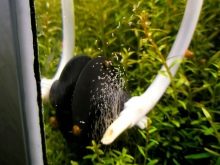
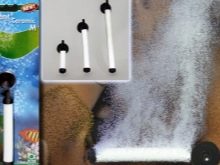
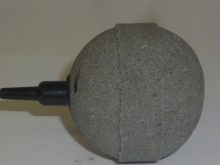
Which is better to choose?
Today they offer many different types of devices, Only the device must meet all quality and performance standards.
- First of all, you should find out its power. Equipment of this kind should produce a suitable number of bubbles for the aquarium ecosystem.
- It is better to choose a quiet device, that is, with the least noise during operation. It is necessary that he quickly and properly fulfill his duties and not make the whole family nervous.
- The optimal solution for the aquarium is a device that emits a large volume of bubbles. This allows you to maximize the oxygen content of the water.
- An impressive range of devices when choosing often puts the consumer in a deadlock. However, a large selection of colors and designs will make it possible to choose the perfect option for the design of the tank.
- The configuration of the sprayer is also very important. Particularly practical are fairly wide rectangular devices. They are usually placed in the center of the aquarium, installing in the ground. Only experts recommend that you do not bury the device in the bottom of the tank, as there is a danger of breaking the tube. Long tubular artificial sprayers are pretty good. The colors and appearance make it possible to simply hide them in the thickets of vegetation (they are fixed by means of suction cups).
- After prolonged use, the device becomes dirty and difficult to wash; therefore, it is easiest to purchase another. But when the device is collapsible, it greatly simplifies the cleaning process.

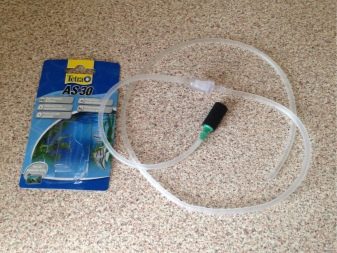
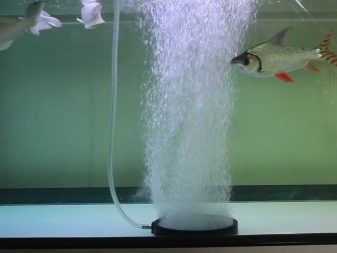
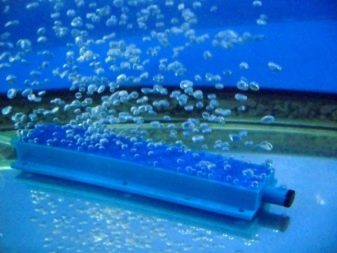
How to do it yourself?
As mentioned above, the choice of devices is large, but many people prefer home-made devices. Consider one of the options for self-manufacturing.
Necessary materials
In order to quickly and without any difficulties to assemble an aquarium aerator, you need:
- rubber chamber (as an air drive);
- bicycle (or car) manual or foot pump;
- 3-way valve (tee);
- plastic tube from a medical dropper with a clip.
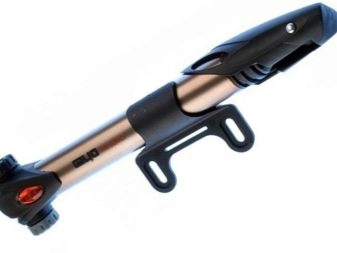
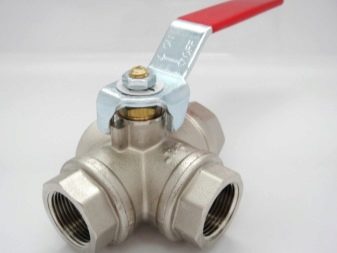
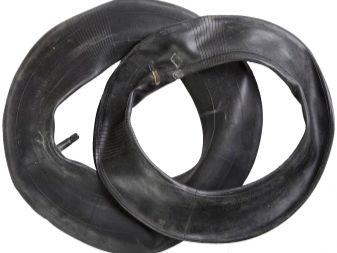
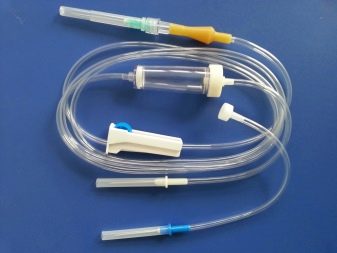
Manufacturing instruction
This device can be mounted if you understand the principle: first you need to somehow collect the air, and then gradually supply them with an aquarium.
This is the essential difference between a do-it-yourself unit from purchased membrane or piston aerators that operate from an electric motor.
But how exactly can one accumulate air? The answer appears on its own: in a car camera, a balloon, a soccer ball camera, and the like. I must say that just an inflatable ball is used by individual home craftsmen in such situations.
It is necessary to divert 3 tubes from the tee: the first to the hand pump, the second to the ball, and the third tube (from the dropper with a clamp) will become an exhaust hose. The end of this tube must be reliably plugged with a stopper, and before the plug in the tube, a number of small holes should be pierced, from which air will begin to escape. Certainly All joints must be reliable and tight.
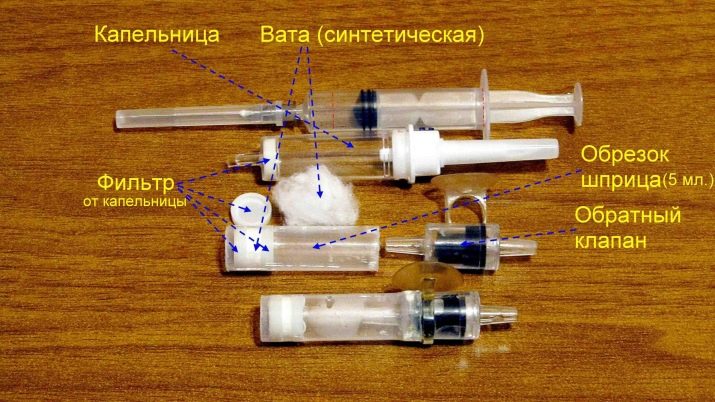
To accumulate air through a 3-way valve, the “manual pump - chamber” line is first opened. The ball chamber is quite strong, therefore, you can pump it to the limit.
After this direction is closed and you need to connect the route "camera - exhaust pipe."
In order for air to enter the aquarium systematically, the diameter of the exhaust pipe in one place is adjusted by means of a clamp. Of course, this clamp should be located outside the aquarium, next to the 3-way tap.The air flow rate is selected empirically.
By and large, the aerator of its own manufacture is ready. The imperfection of such a device is that the storage chamber must be regularly filled.
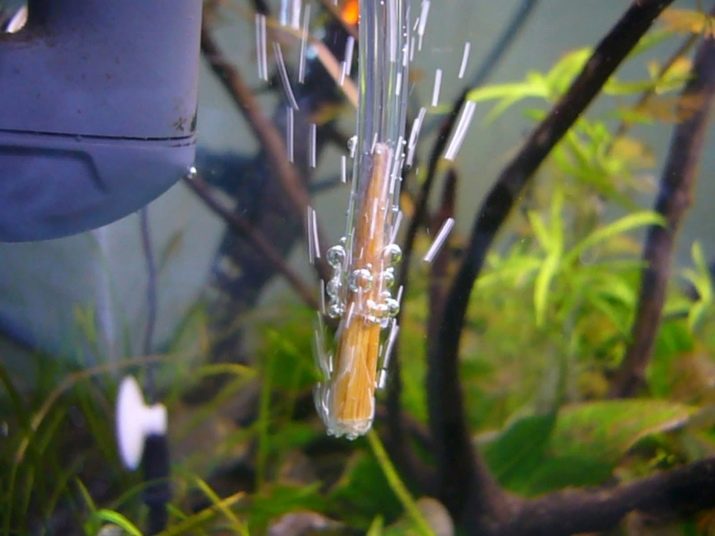
Most often, for standard aeration of a tank with a capacity of up to 100 liters, such pumping must be carried out 2 times a day. Therefore, a homemade device should not be abandoned for a long time without supervision.
Design options
Aquarium sprayers can have the most diverse configuration: rectangular, square, elongated, tubular. And be ceramic, corundum, wood or flexible. It is necessary to choose just the size and configuration that will best suit your volume of liquid, and in addition, it will optimally harmonize with the bottom landscape and underwater landscape formed in the aquarium.
In addition to the usual spray guns provided exclusively for the fulfillment of their main function, there are also specific decorative structures complex in structure.

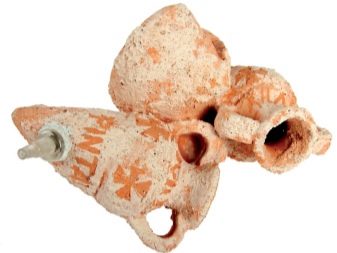
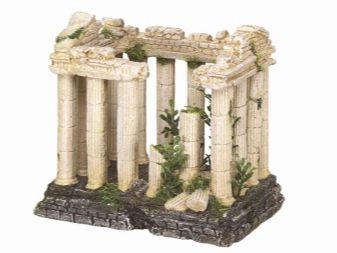
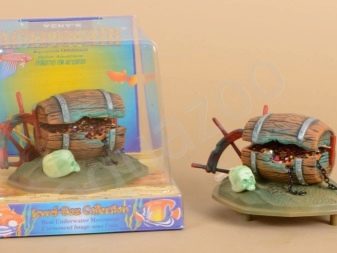
They may have a configuration of various objects or decor made of clay that has been fired: chests with jewelry, antique vases, ships, pieces of wood.
A nozzle is connected to the cavity of any such figure, to which an aerator hose is connected.
In the process of their work, the effect is created that the bubbles exit directly from these objects. When using decorative devices, the appearance of the aquarium not only does not deteriorate, but also acquires some specificity and unconventionality, since the choice of a particular figure depends entirely on the consumer’s ideas.
Another interesting example is the illuminated aquarium sprayers. They have built-in specialized LED-diodes forming a measured glow or a repeating change in shades.
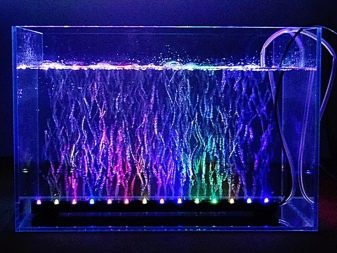
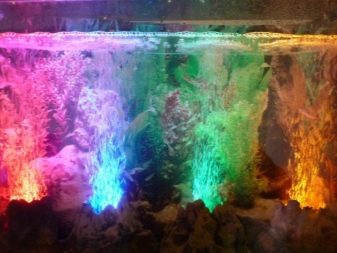
They can look like ordinary sprayers or as decorative with one more option to decorate an aquarium. Through such devices, even at night, your mini-pond will look in a special and attractive way, and if you correctly position the nebulizers, they will give the tank a non-standard and special charm. Through light, you can emphasize the design of the aquarium, arouse interest in plants or figures at the bottom, and the whole atmosphere will only highlight the beauty of the fish living in this unusual aquarium.
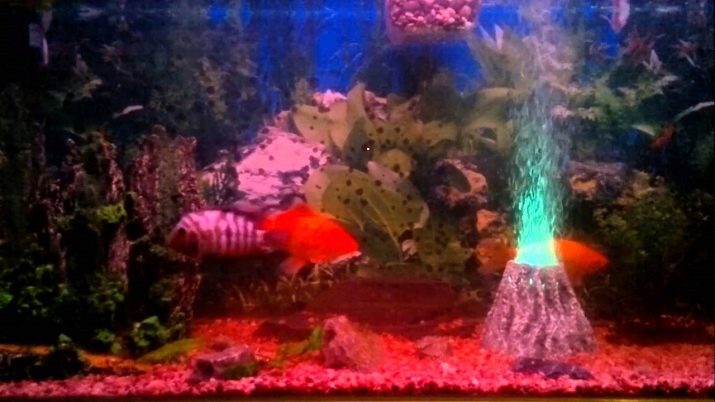
Useful Tips
And finally, a few recommendations.
It is better to place the air atomizer in the center of the aquarium for the purpose of the most measured air exchange. However, in large tanks it is advisable to install 2-3 units in different angles. In addition, it is better to install them near the heater for the quickest mixing of the heating fluid with the total capacity of the aquarium.
Devices are better not to bury in the ground, since in this way they are more likely to fail, nevertheless, for the purpose of aesthetic ideas, you can bury them in the ground.
Of course, the pores on them heal faster, but this is a consumable that is not very sorry. So to speak, everything is for the sake of beauty.
When the pores of the atomizer are overgrown, it is extremely difficult to clean. Here is a piece of advice on how to clean it without any problems. It is only necessary to put the sprayer in the bleach solution for 30-40 minutes - and there will be no trace of the brilliant green. Then, at the end of the soaking operation, the device is thoroughly rinsed with pipeline water and is again used in operation. Or retracts as a fallback.
See which sprayer for the aquarium is not worth buying.
